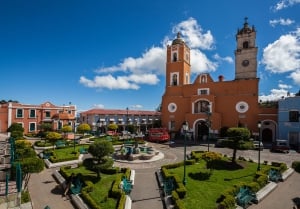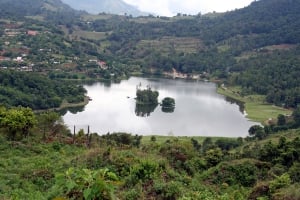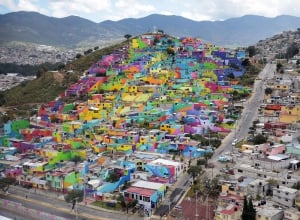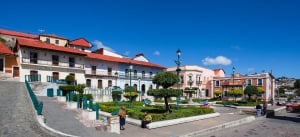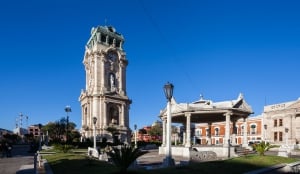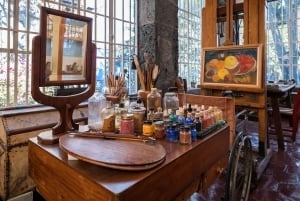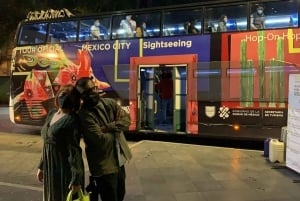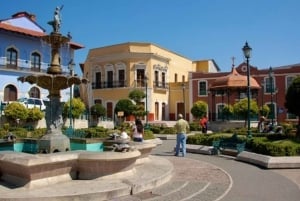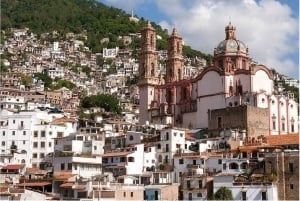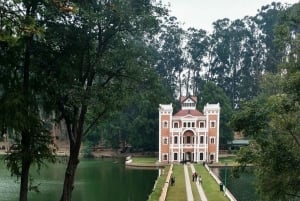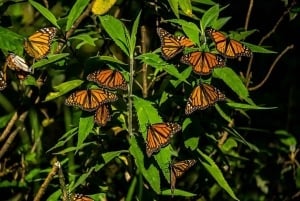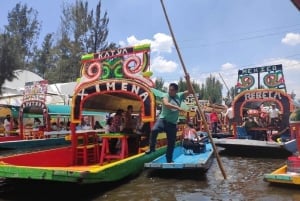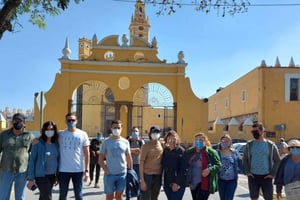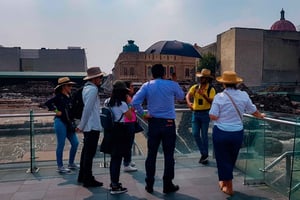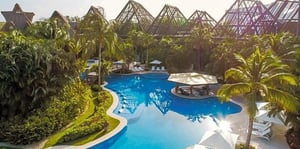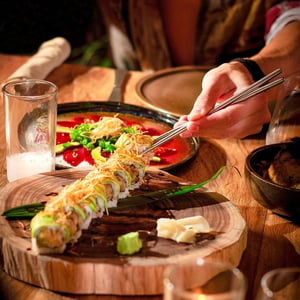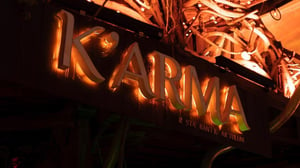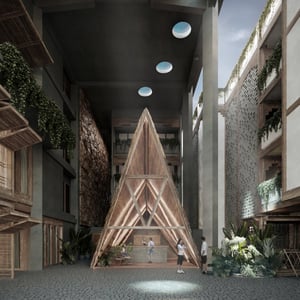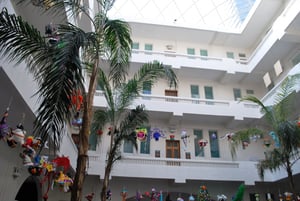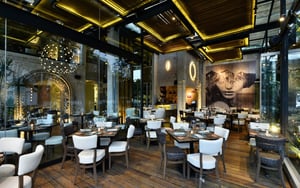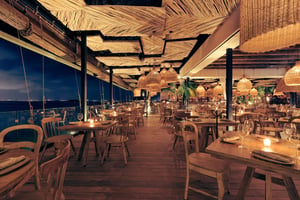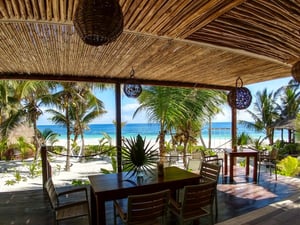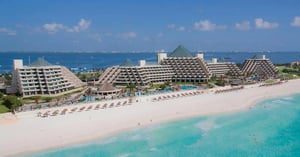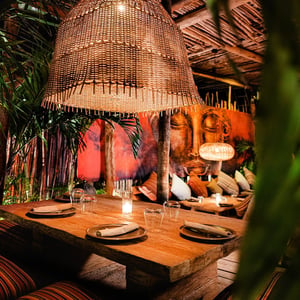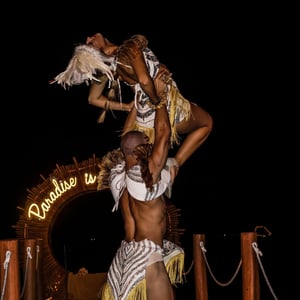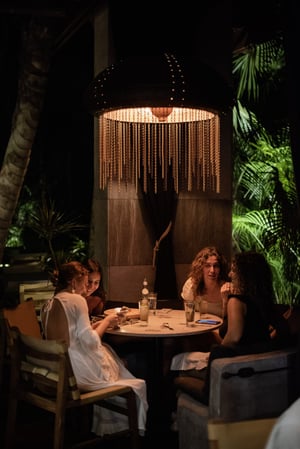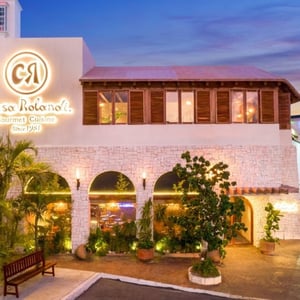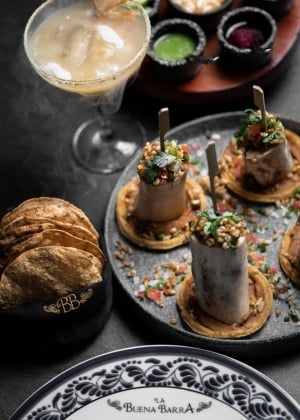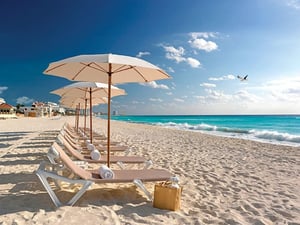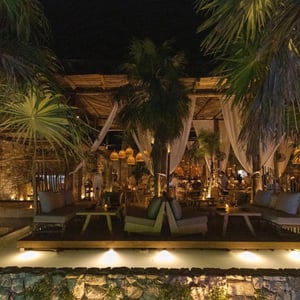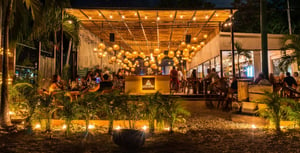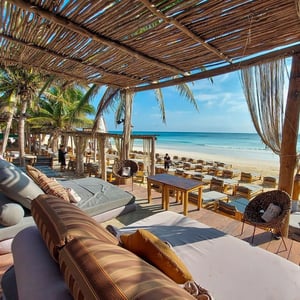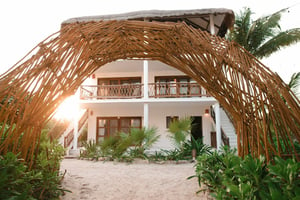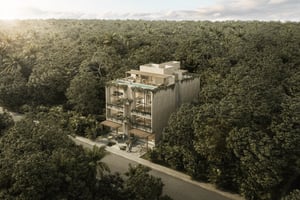Hidalgo
The state secretary of tourism has divided the state's attractions into
Hidalgo is bordered on the north by San Luis and Veracruz, on the eastern side by Puebla, on the southern side by Tlaxcala, and by the south, Querétaro and the west by Tlaxcala.
A little bit of History:
In the sixteenth century, as in Don Hernán Cortés, Spanish hidalgos were called 'Don' and women were labeled by the female 'Doña.' Spanish rulers even flattered indigenous elites by addressing them as 'don.' During the colonial period, the European identification of "Don" or "Doña" was completed and became the general term of reverence for an elderly man, an artisan, an employer, or someone in authority.
The state of Hidalgo was founded by Benito Juárez in 1869. He declared the city of Pachuca as the state's capital, to which the name "de Soto" was applied, honoring that of Manuel Fernando Soto, who is seen to be the most powerful driving force in the Mexican War of Independence.
Culture:
Rodolfo Guzmán Huerta, best known as El Santo, is the most popular celebrity and artist from the State. Not only was he the most known freestyle wrestler in Mexico, but he also witnessed filming success playing his Lucha libre character battling evil.
The "Xantolo" which goes from 31 October to 2 November, is the Dead Day of the State. The days around November 2 commemorate the deceased with altars and offerings, even though each community has its own differences, as in other parts of Mexico. Huejutla de Reyes is renowned for its rituals. The altarpieces are particularly large and heavily adorned with flowers, colored paper, and local food in order to fight the mourning.
Gastronomy:
The Mezquital Valley has best preserved the state's indigenous, especially Otomi, culinary heritage-based a number of traditional native animal and vegetable products. One of these is the use of a number of edible insects, many of which are considered delicacies such as escamoles (ant eggs) and maguey larvae as well as others such as larvae found on nopal plants, “chacas” (beetles), and “chicharras” (cicadas). Other local animals still used for food include tadpoles (called atepocates), salamanders, and their larvae, squirrels, and rabbits.
Plant species still widely used include mesquite beans, nopal, and other cacti, and other cacti such as "tunas" (cactus pears) and "xoconostle." These are mostly served in dishes that the state shares with much of the rest of Mexico, such as tacos, tamales, moles, and a specialty of central Mexico, mixiote.
Tourism:
The state secretary of tourism has divided the state's attractions into "corridors" with similar themes.
- The Corridor de la Montaña (Mountain Corridor)
- The Corridor de los Balnearios (Water Park Corridor)
- The Corridor Tulancingo y los 4 elementos (Tulancingo and the 4 elements Corridor)
- The Corridor de las Haciendas (Haciendas Corridor)
- The Sierra and Huasteca Corridor
- The Tolteca Corridor



